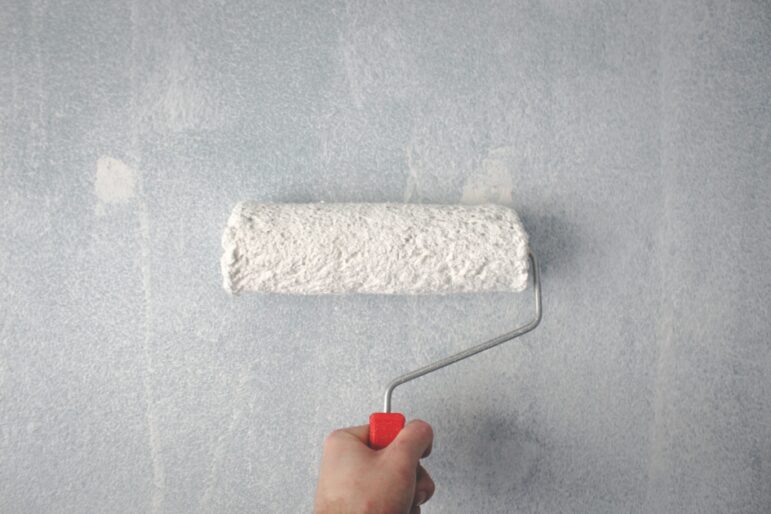Indoor air quality (IAQ) can have a significant impact on the health and productivity of the occupants of your building. As a facility manager, indoor air pollution is something you should be addressing as part of your regular maintenance.
RELATED: The importance of air purification
There are many factors that can affect the IAQ in your building, from your manufacturing to outdoor pollutants to the existence of volatile organic compounds (VOCs).
What are VOCs?
The Environmental Protection Agency defines VOCs as organic chemical compounds that can evaporate under normal indoor conditions, known as off-gassing. This process may have an odour, making it easier to detect, but that’s not always the case.
VOCs are a threat to the people in your building because they can cause short-term and long-term health issues for people who are exposed. Paint is often a source of VOCs due to the combination of hazardous chemicals they contain.
Low or no VOC paint
Cleaning practices, improved HVAC systems, and interior design have all been used to lower the risks of poor IAQ in buildings, but paint is often one of the greatest offenders.
To help mitigate the risks from off-gassing, choose low or no VOC paint for your building. Low VOC means that it contains less than 50 grams per litre of VCC, while less than 5 grams qualifies the paint as no VOC.
If you are choosing regular paint, latex is often less risky. Even though it does off-gas, it contains fewer VOCs than many other types of paint. Where a typical gallon of oil-based paint has approximately 350 grams of VOCs per litre, flat, interior latex paint contains about 150 grams per litre.
Building your budget
While low or no VOC paints are becoming more available, they are also more expensive than the traditional types, raising your expenses anywhere from 25 to 50 per cent. Not only that but you may require more coats of paint to cover the surface when you are using low or no VOC paints. These are factors you need to build into your budget when you are working to improve the IAQ in your building.
Even while using low or no VOC paint, proper ventilation is required to maximize and improve your building’s indoor air quality for your occupants, employees, and visitors.









